Grain Fort was constructed in the 1860s to defend the mouth of the River Medway and Thames against the threat of French naval attack. It was designed to support both Grain Tower out at sea, built from 1848-55, and Garrison Point Fort at Sheerness. It was altered and upgraded during proceeding conflicts, including the First and Second World Wars, until it was decommissioned in 1956. After this, it was mostly demolished although remnants of the front of the fort can be seen today including its filled-in gun pits along the terreplein (upper surface) amongst a shrubbed coastal park and World War Two spigot mortar bases for use by the Home Guard. Underground, more substantial sections of the fort survive as two sets of subterranean tunnels, including the main magazine, caponiers, and an ammunition lift.
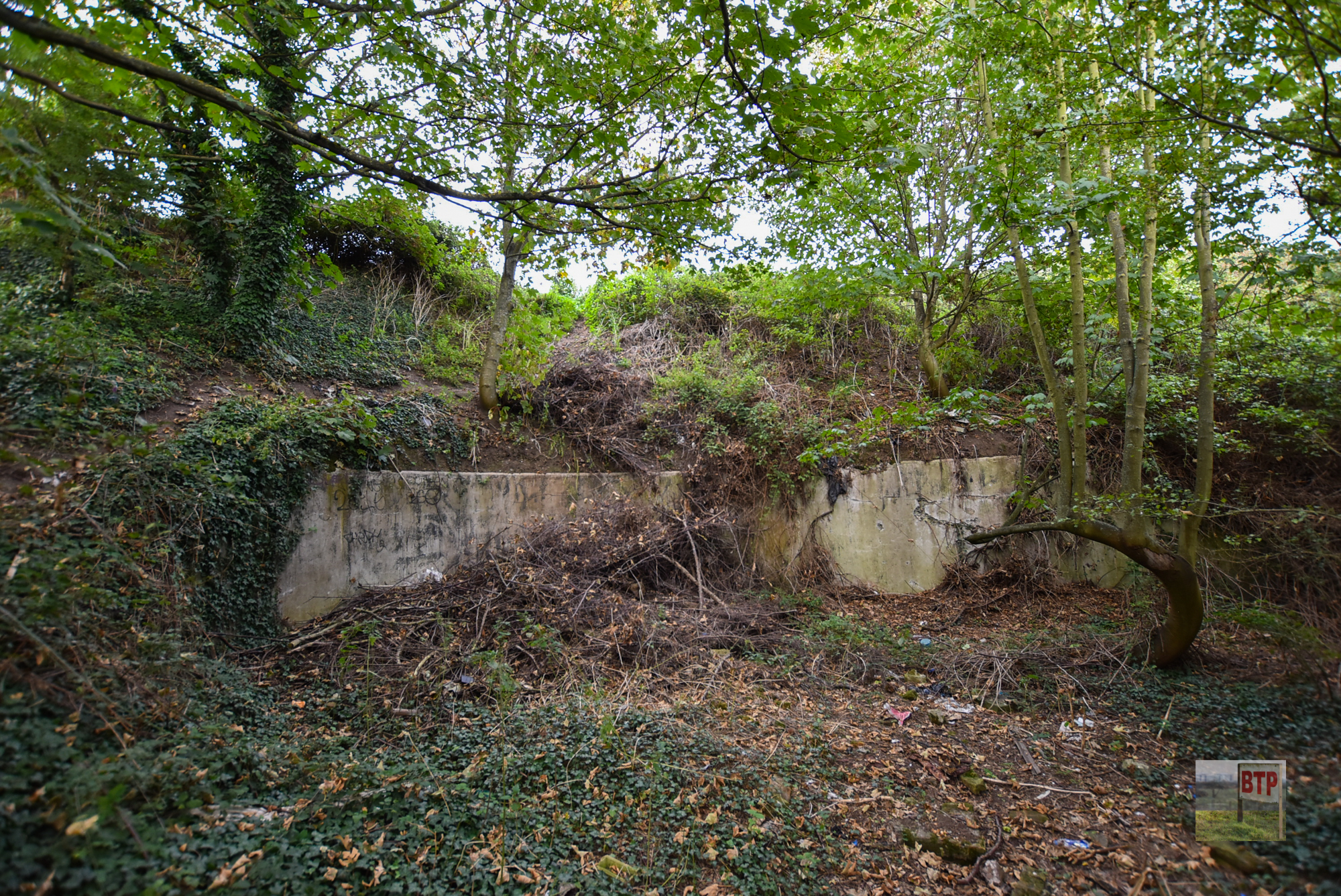

Northern Tunnels with Caponiers & Magazine – 2022
One of the two surviving underground tunnels contains a central magazine chamber for storing munitions and explosives, as well as a lighting passage kept separate from the magazine by a staired passageway leading to an area in which lanterns would have been lit, closed off from the magazine by thick glass to prevent any explosive material from being ignited. Attached was also an ammunition lift as well as a few furnishings such as original beds; all heavily decayed. It was entered via the remains of a caponier; a defensive protrusion into the ditch surrounding the fort allowing rifle fire to defend the ditches. There are two tunnel shafts leading from a caponier each towards the fort, defended by drawbridges in each to protect the fort from a potential invader. Medieval-influenced defences such as this still had relevance in the 19th Century. Whilst some of the pulley mechanism and drawbridge pits survived, the actual bridges had long-since disappeared meaning we had to cross them via some very precarious wooden planks. The other tunnel was still impressive, but contained fewer items of interest as it lacked both the central magazine and ammunition hoist. Each of the two tunnel systems would have served two caponiers each, although these were all destroyed with the fort’s partial demolition leaving the crumbled ends of their access tunnels buried in the ditches. The tunnels were truly amazing to visit and their size and scale was impressive, especially considering that they lie under a public park unbeknownst to the thousands of visitors the park sees every week.
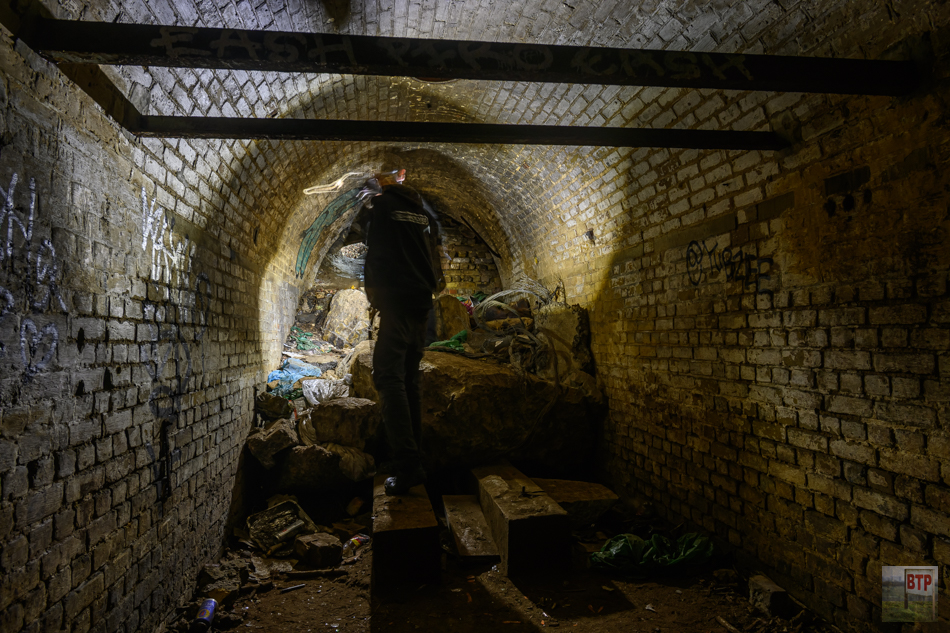
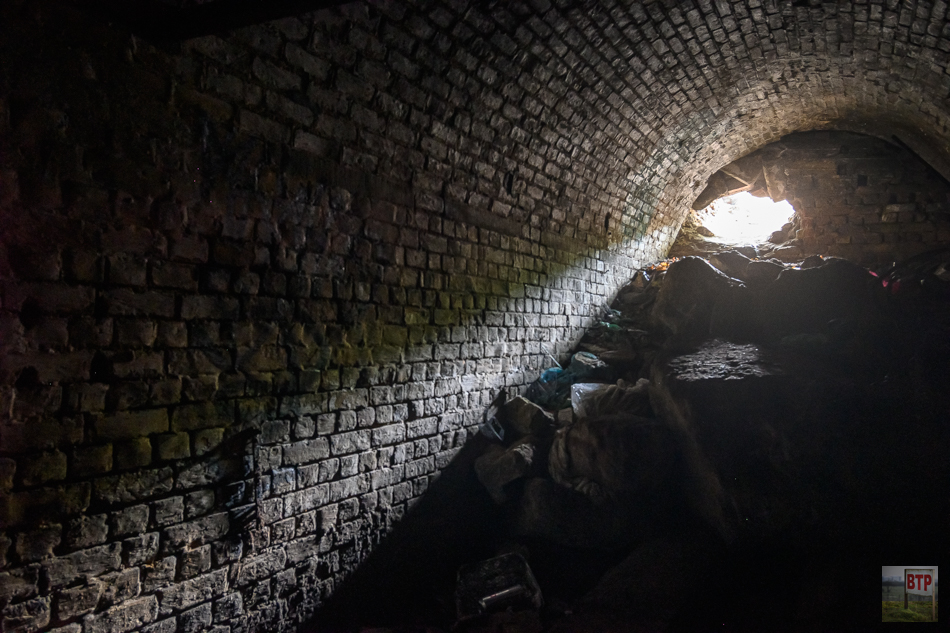
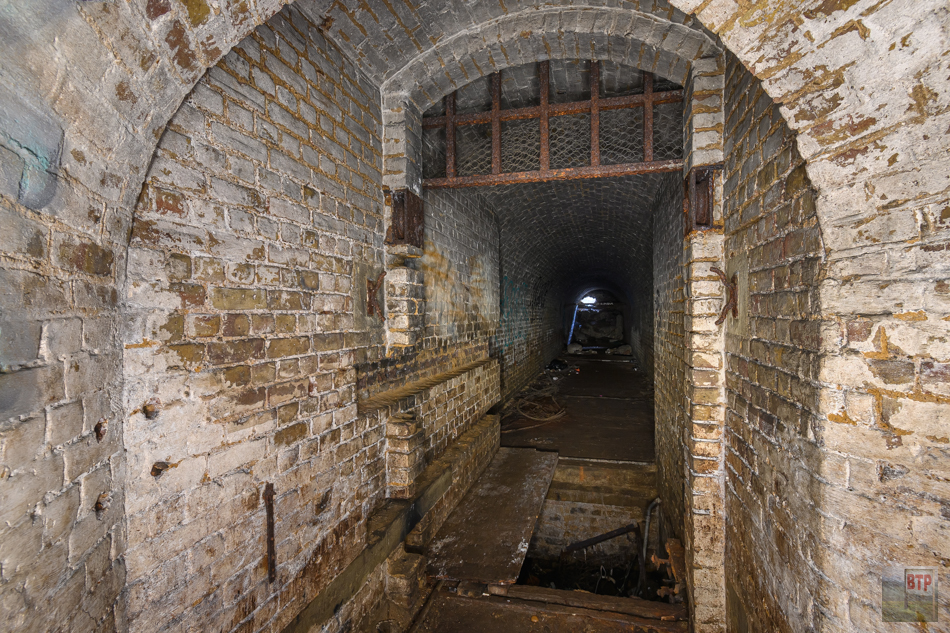
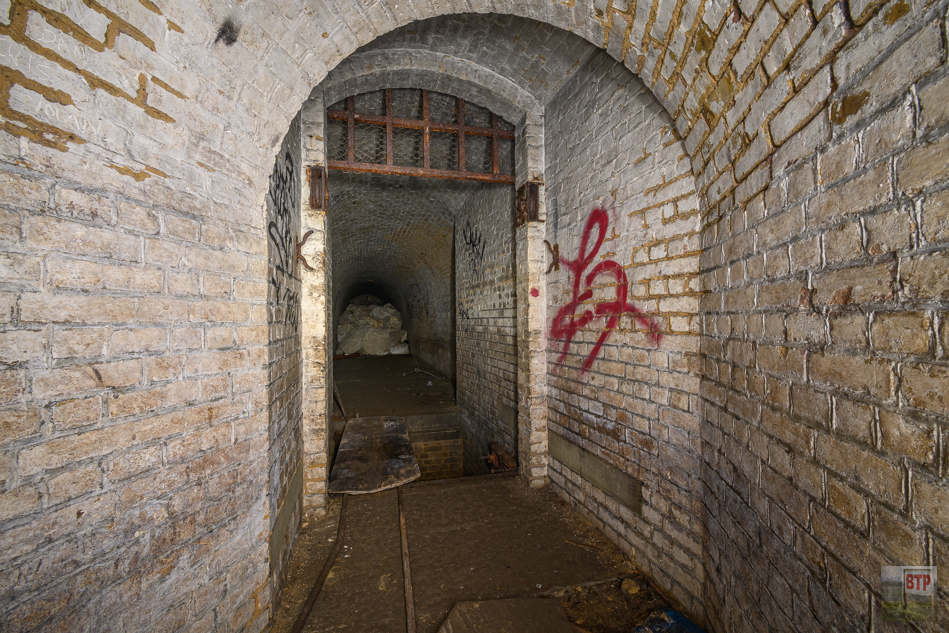
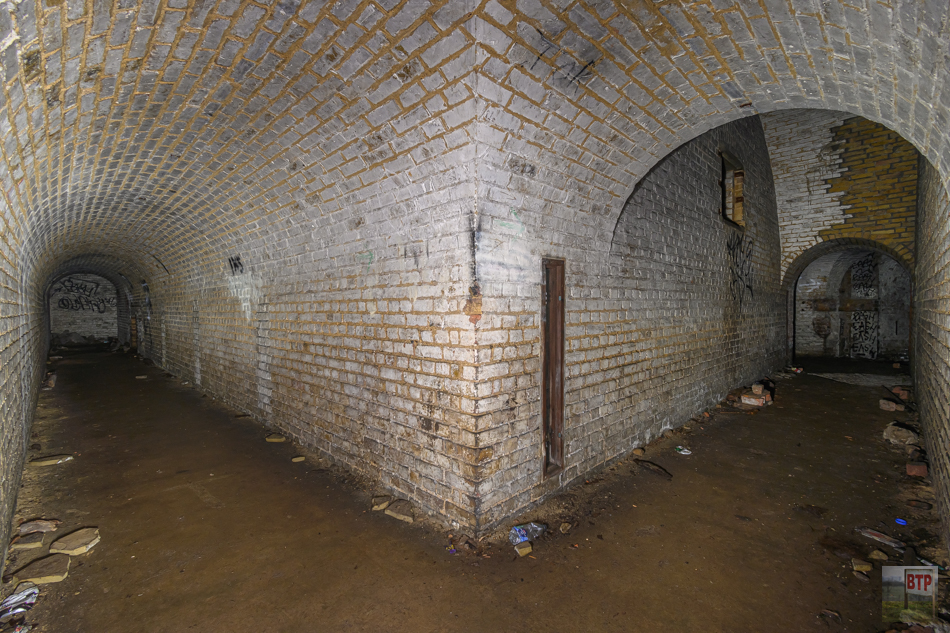
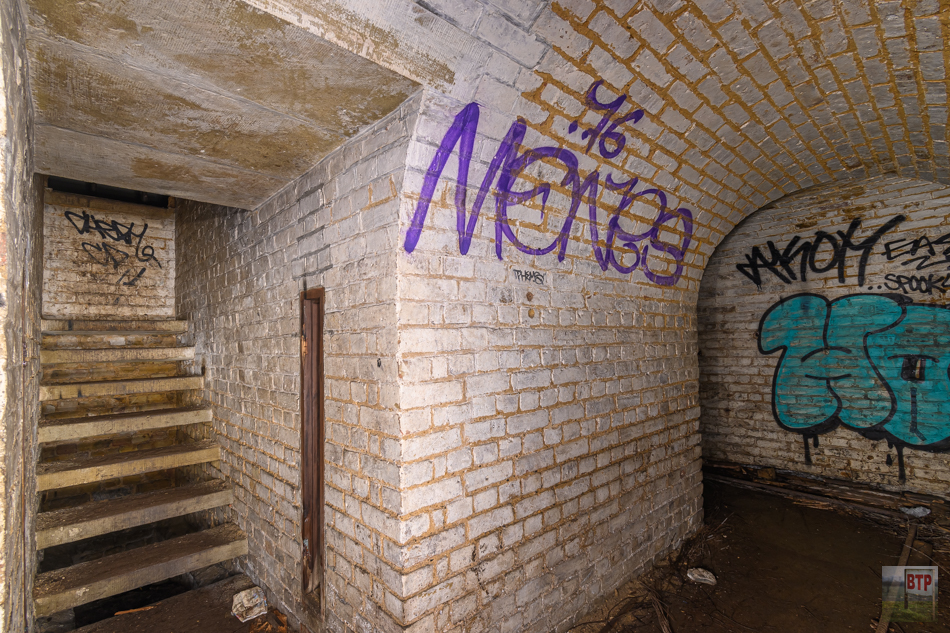
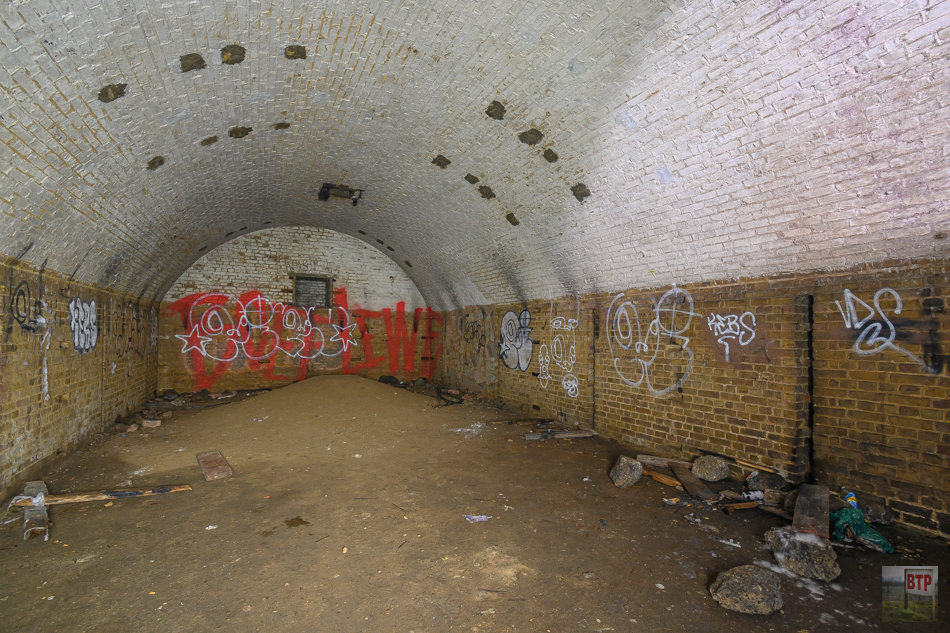
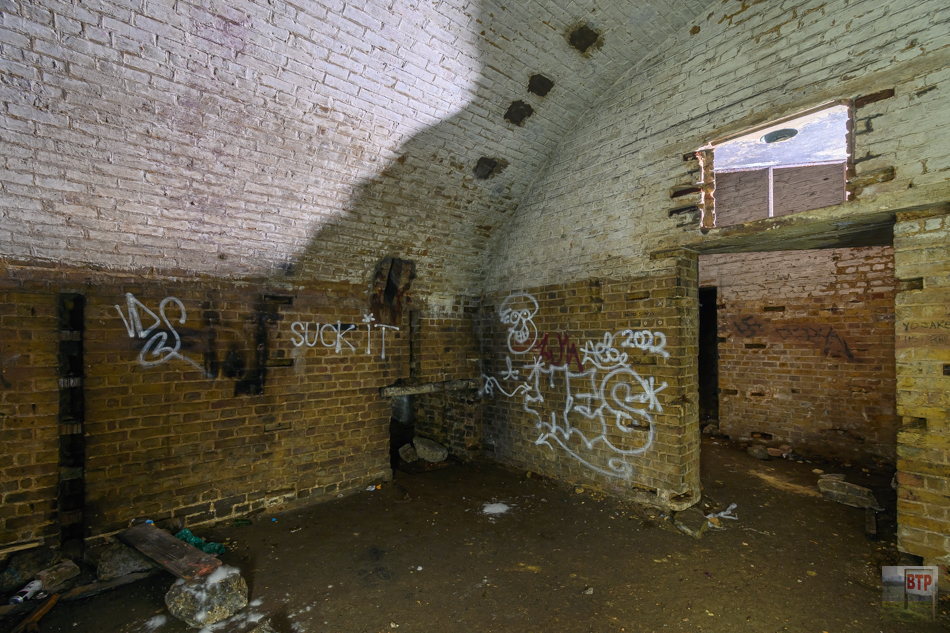
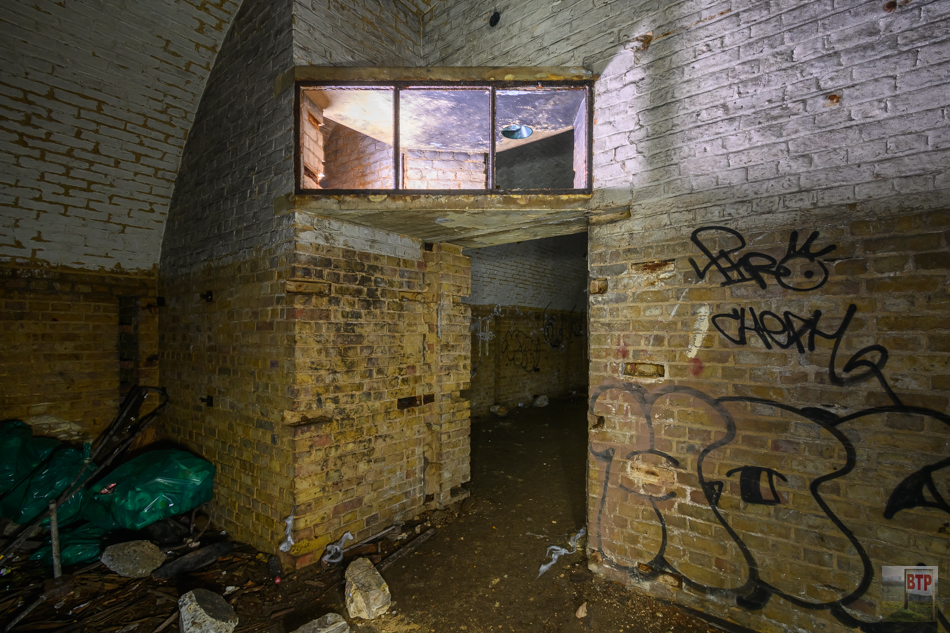
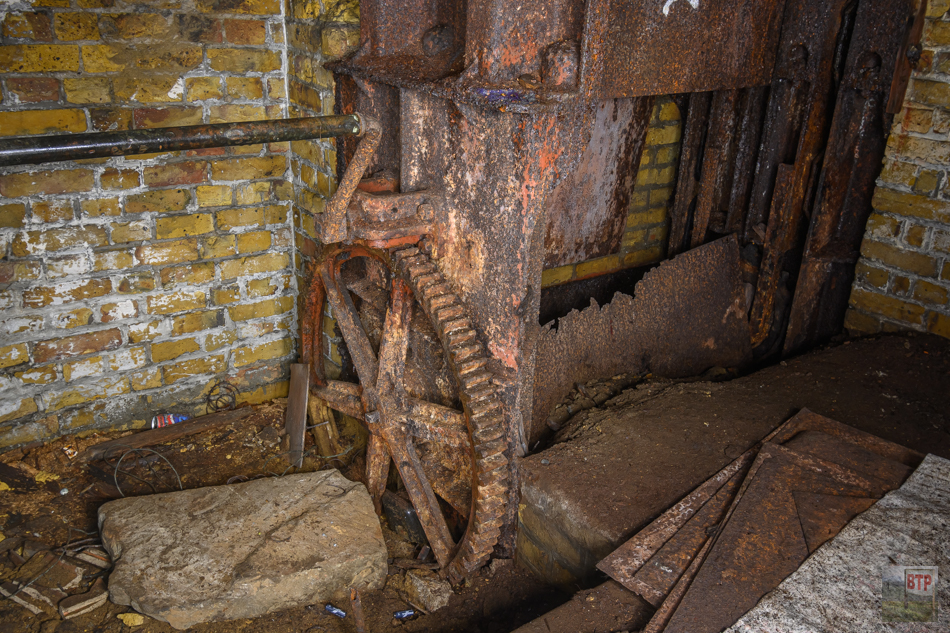
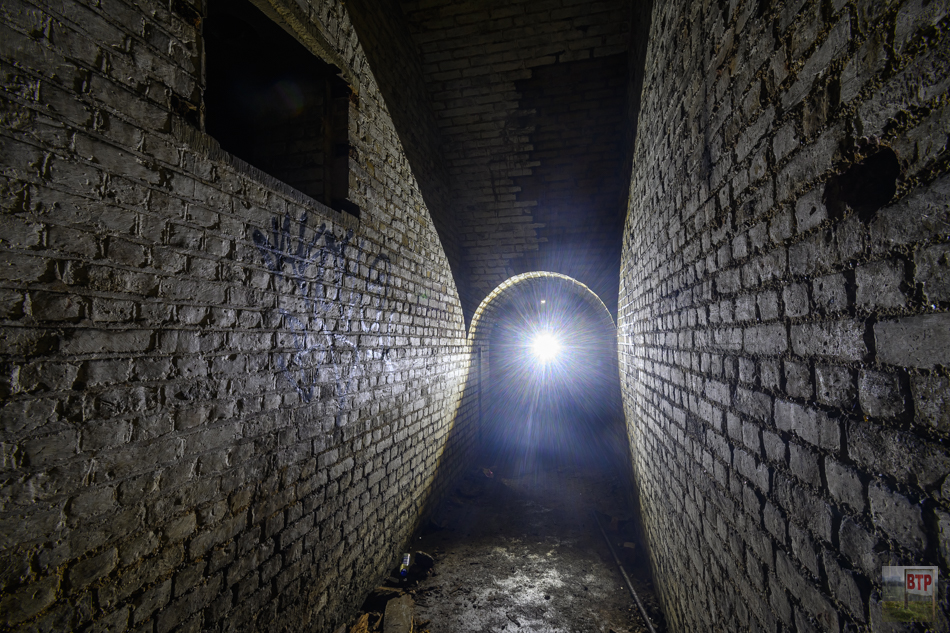

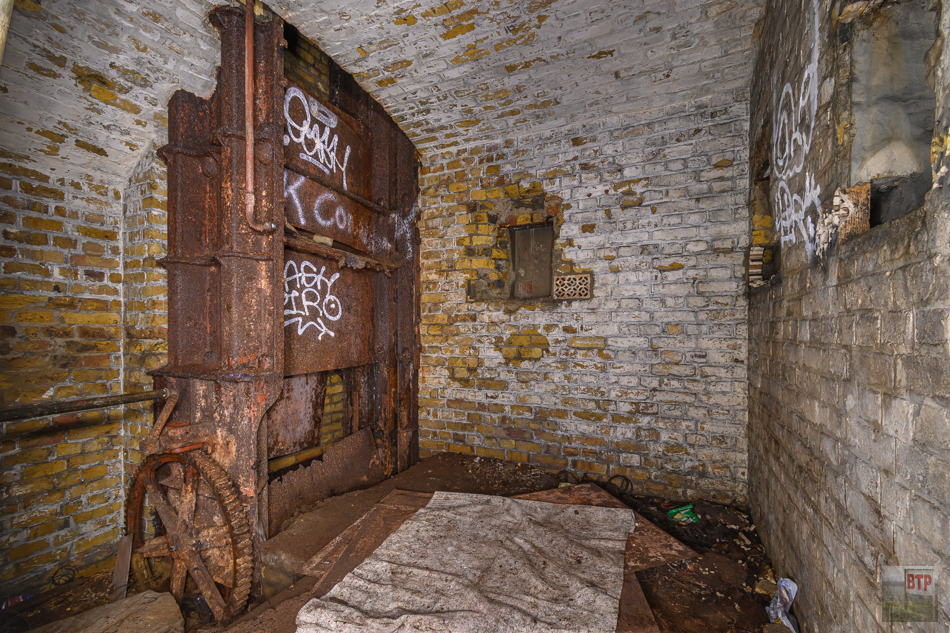
2018 Explore Photographs
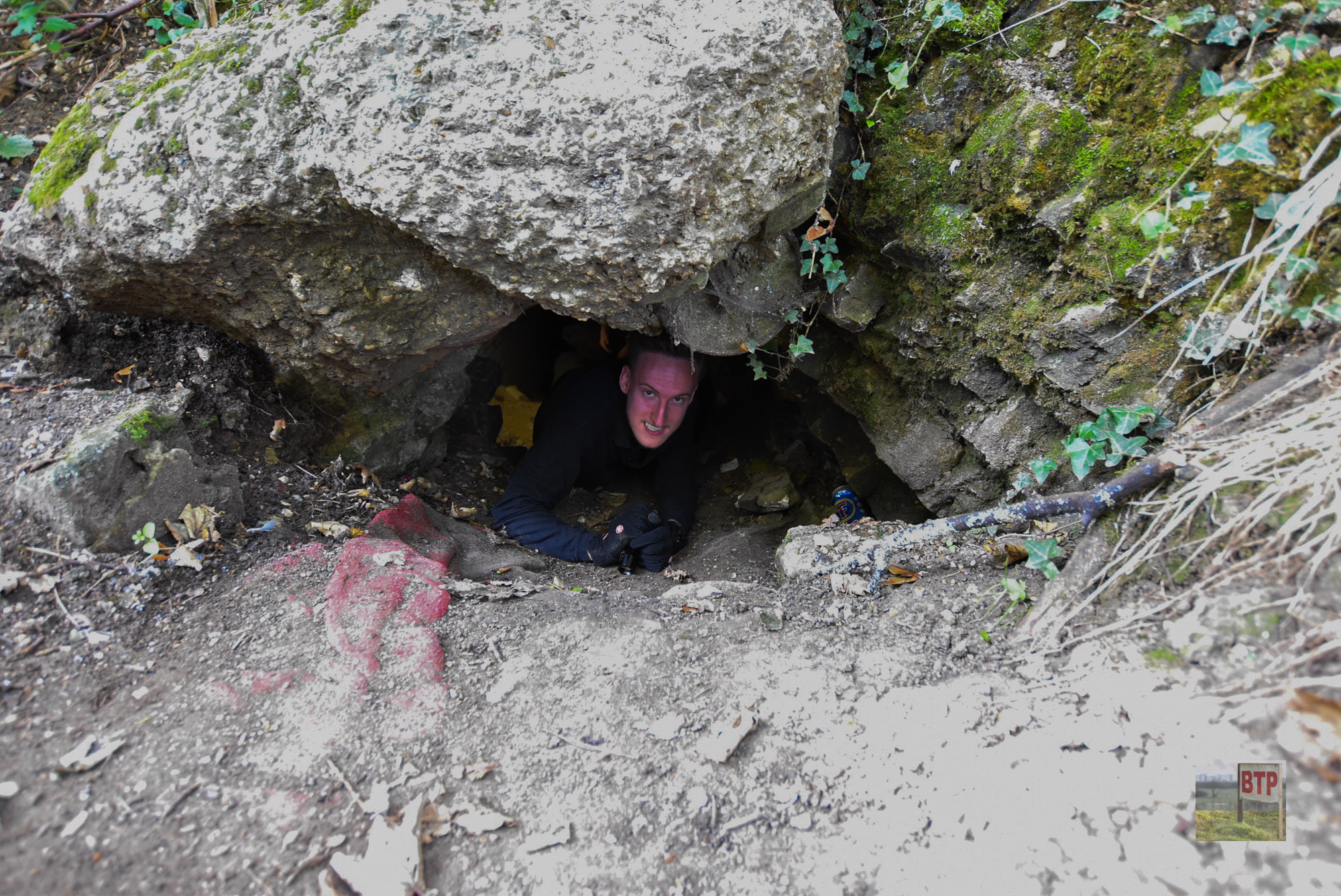

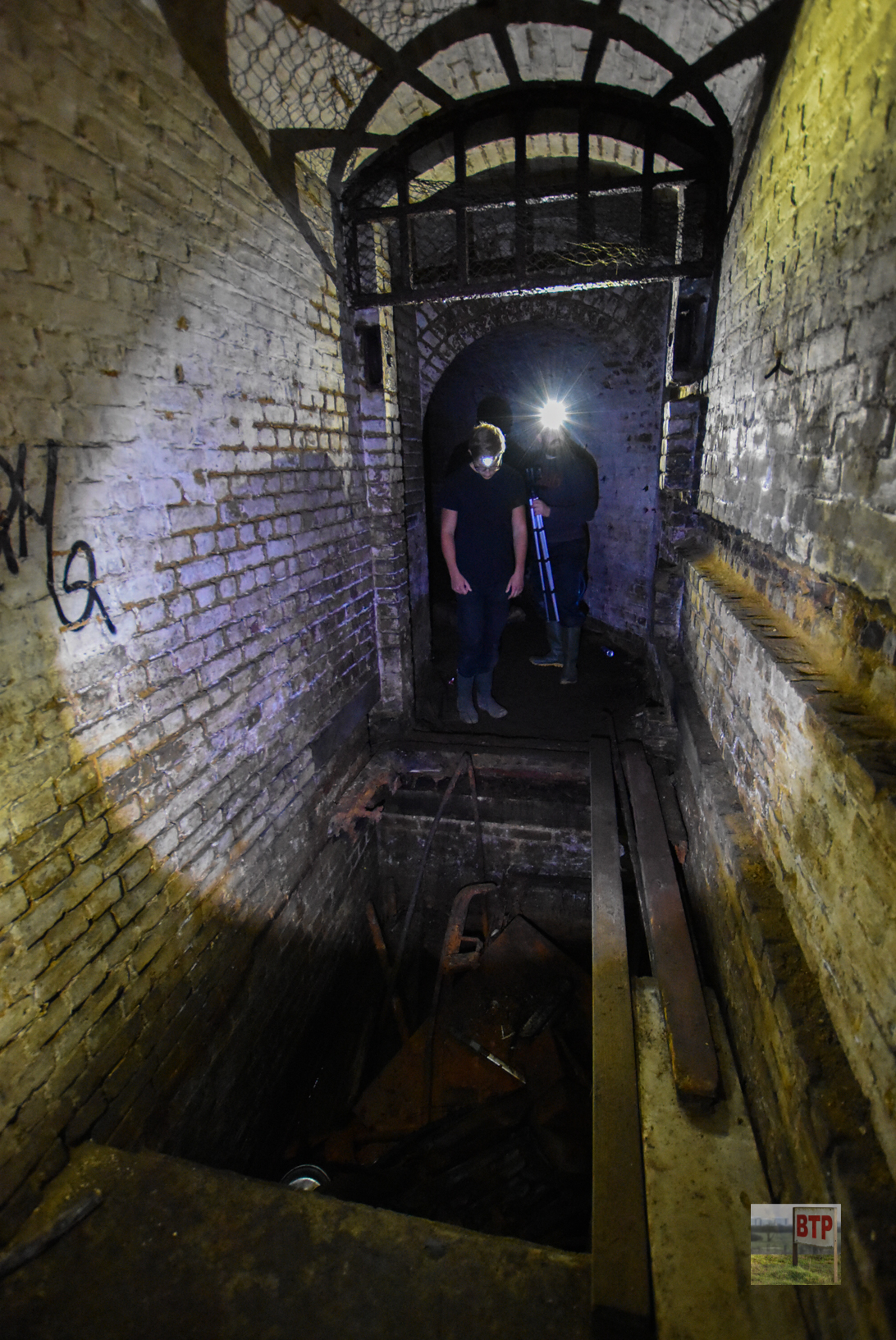
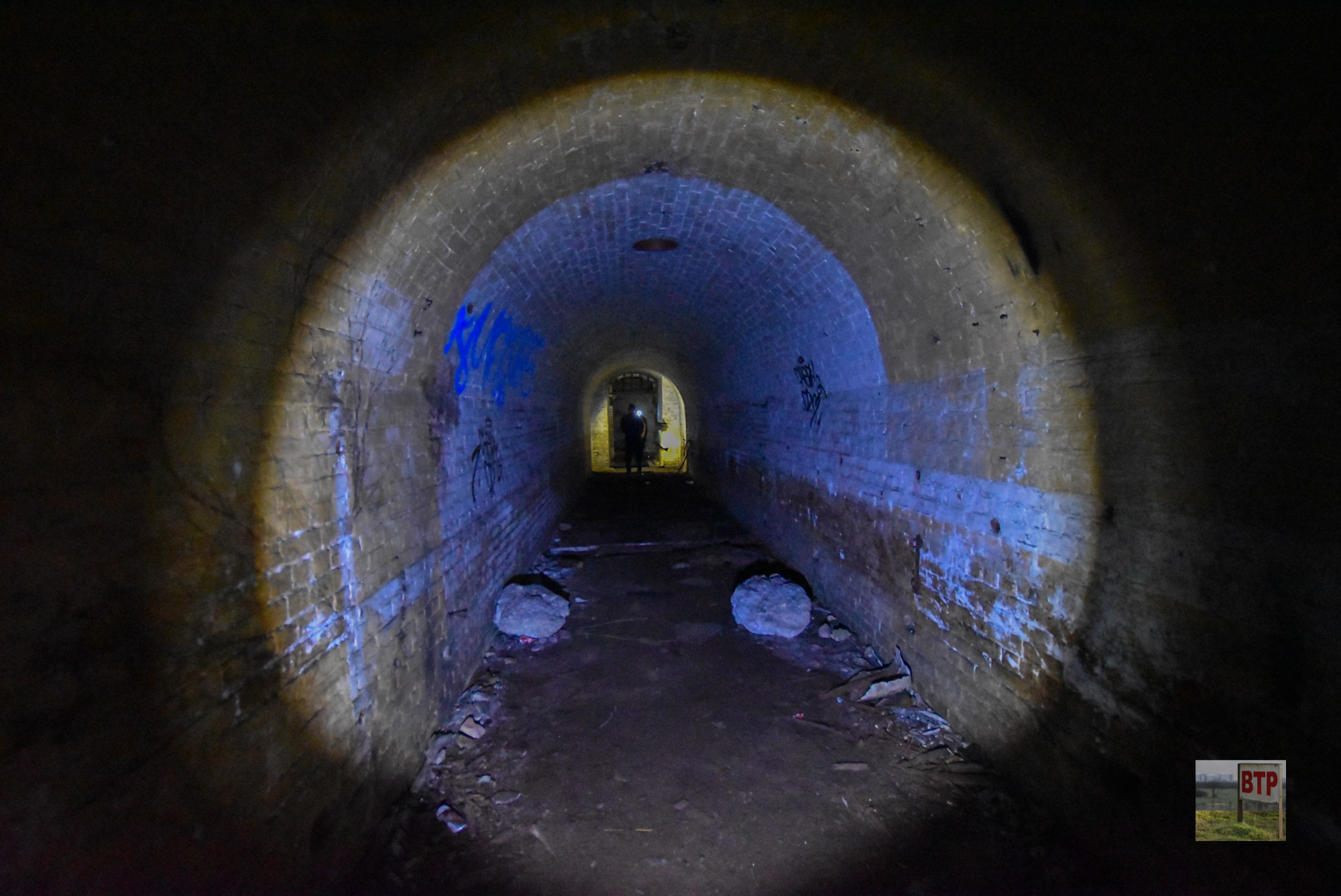
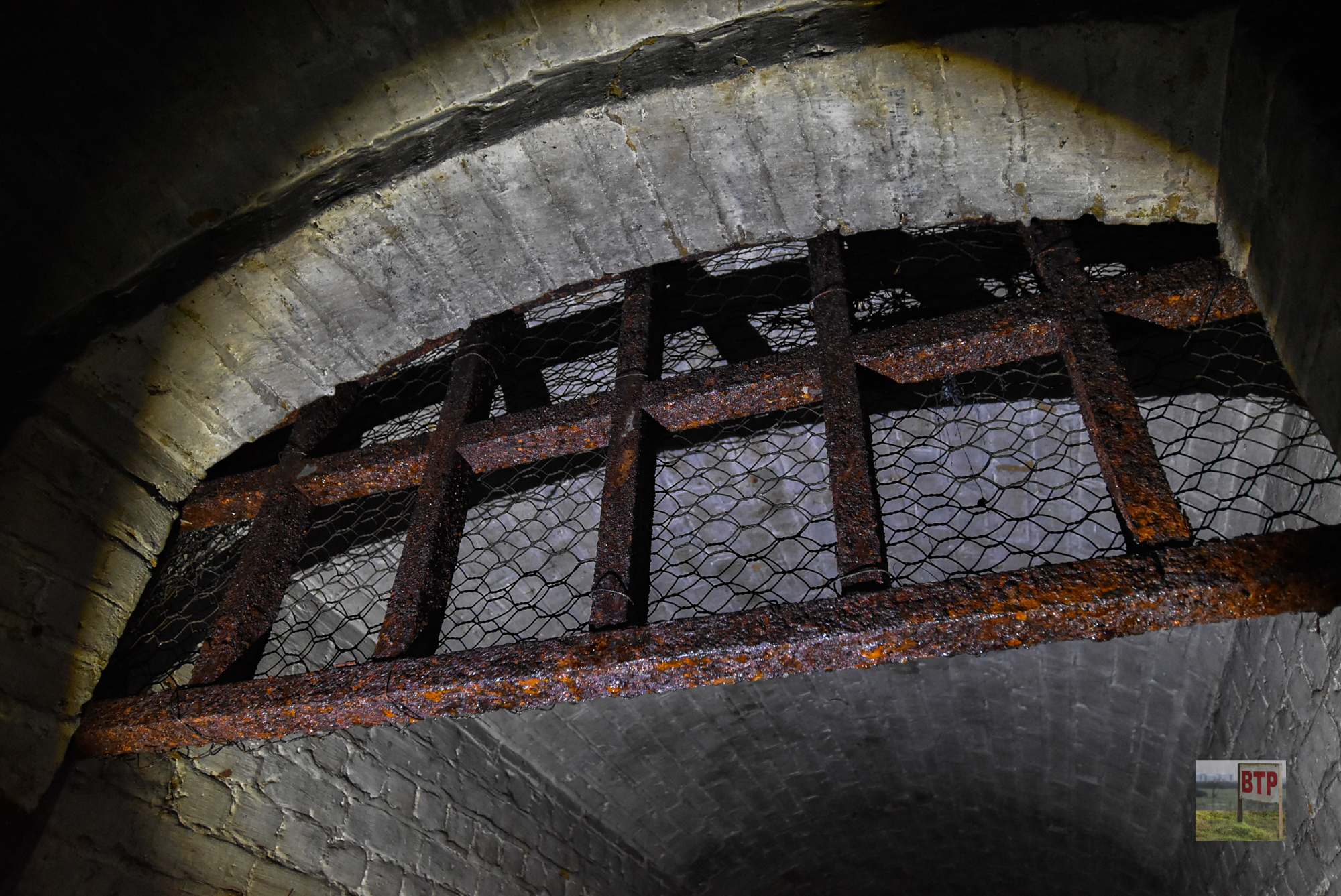
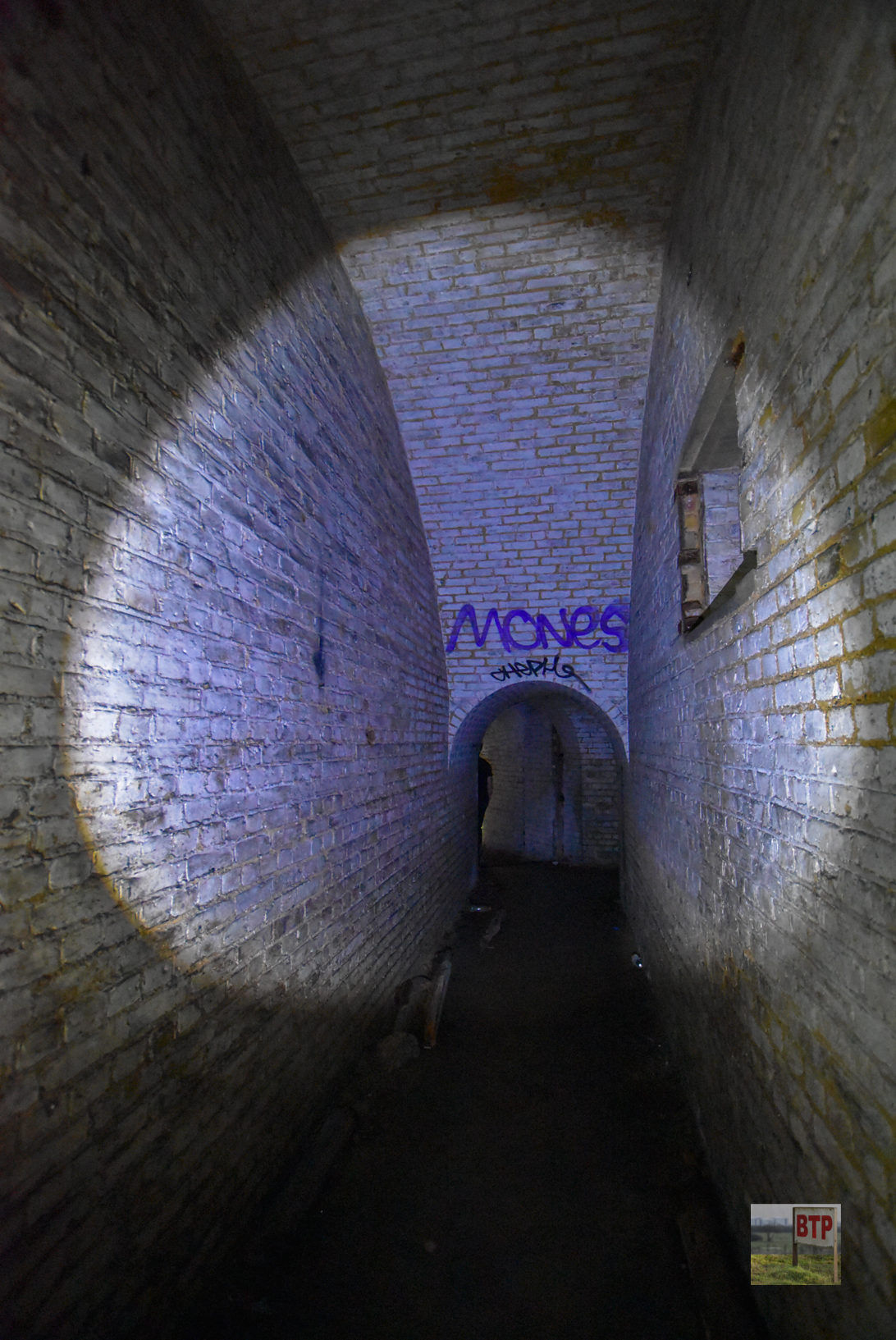
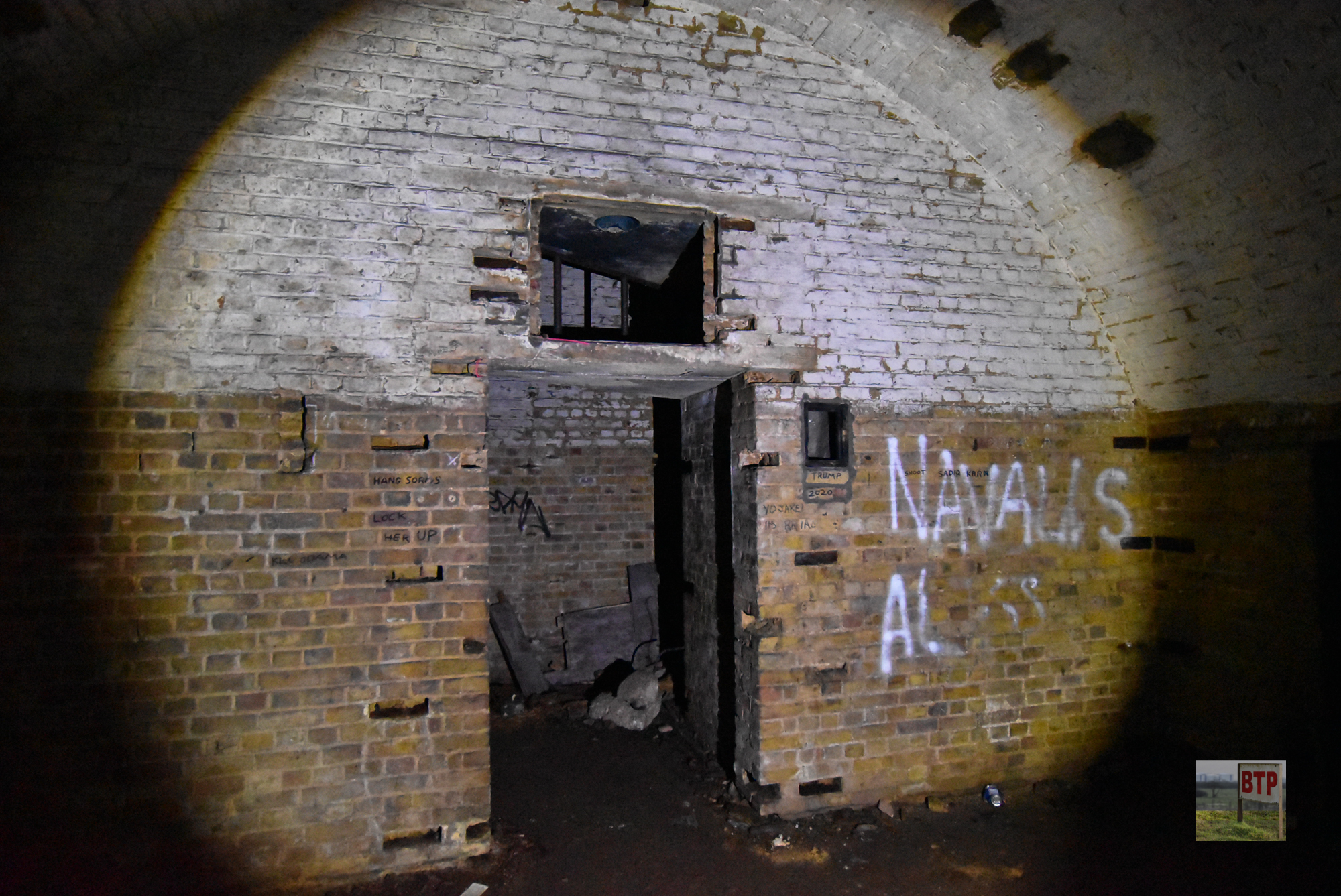
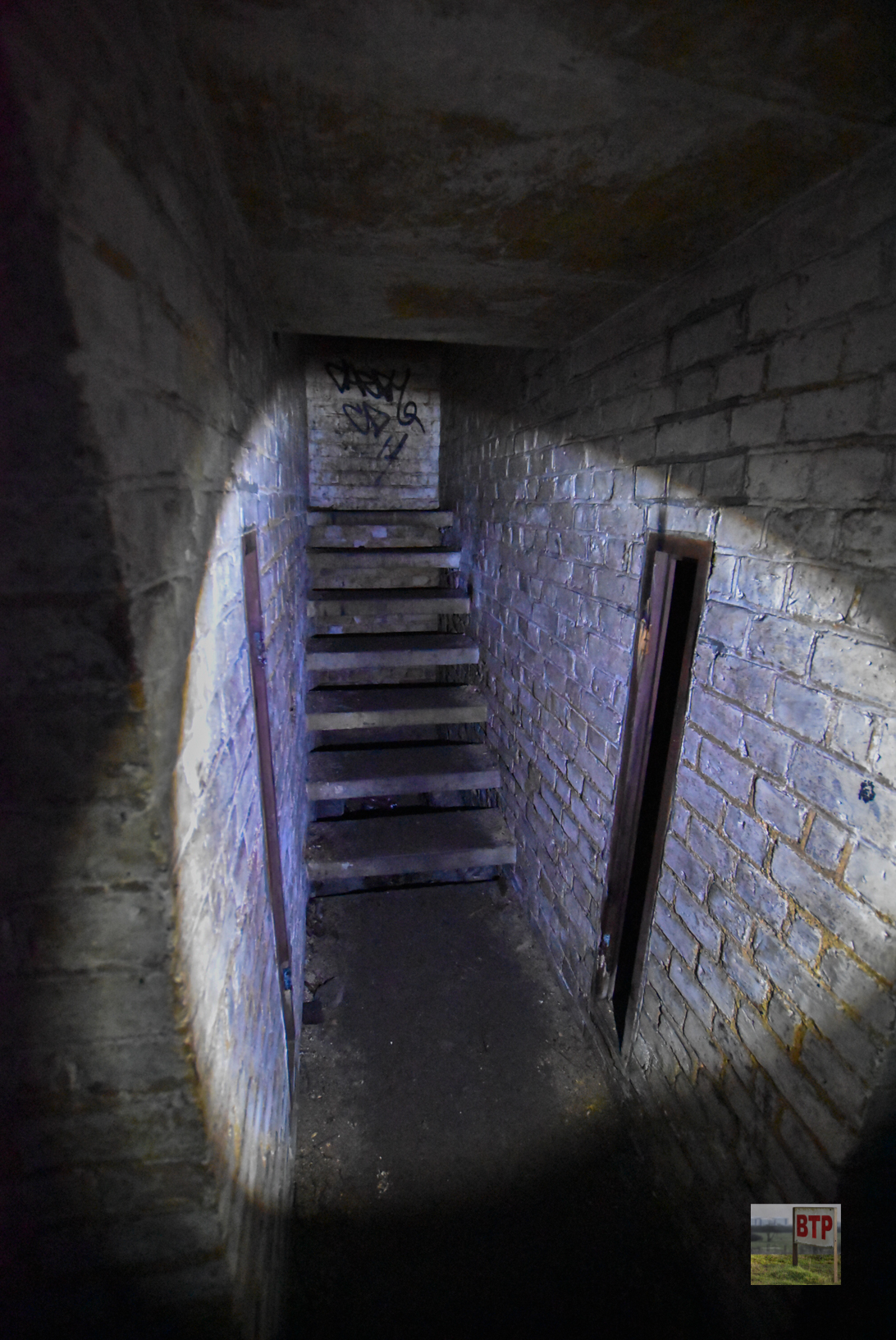
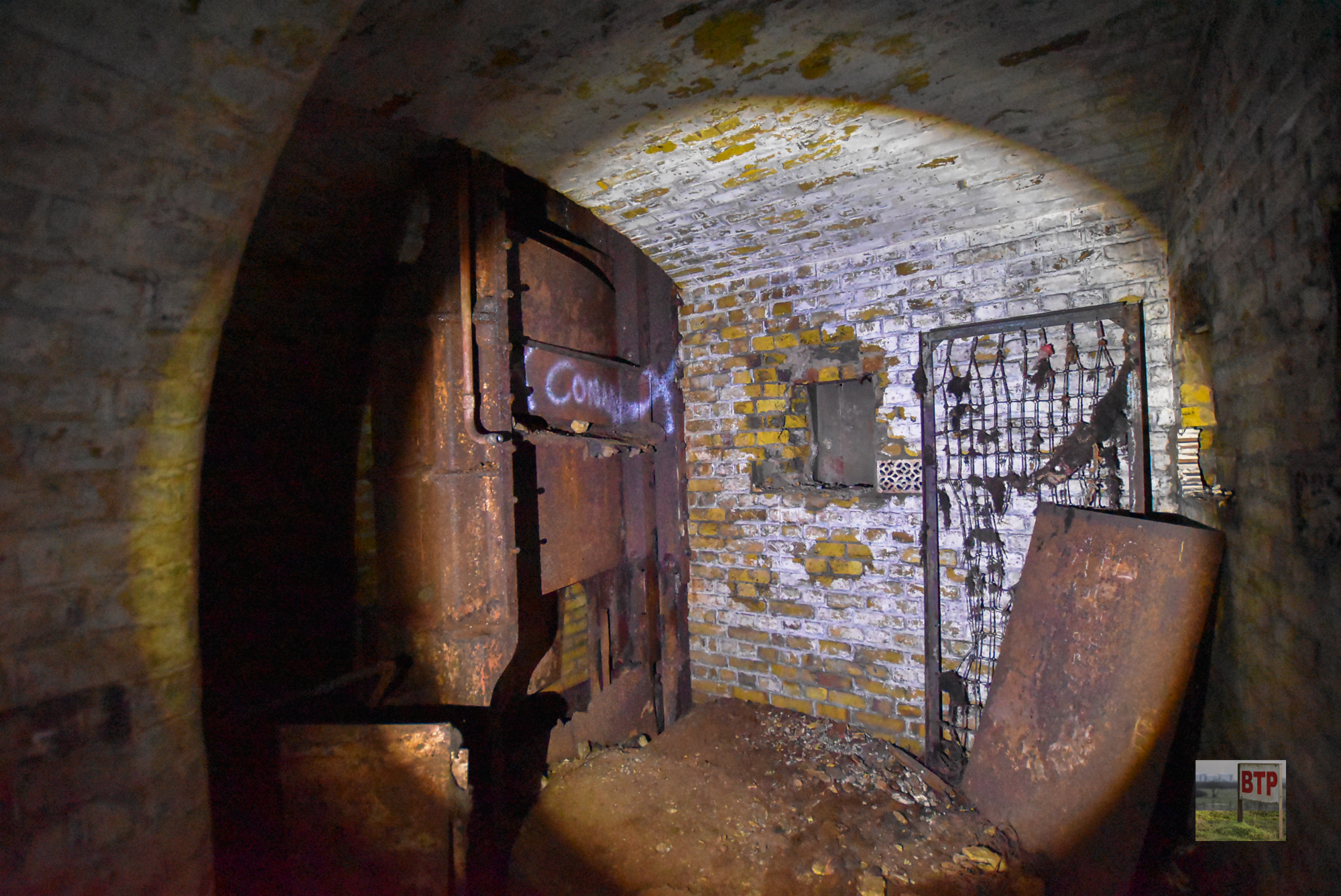
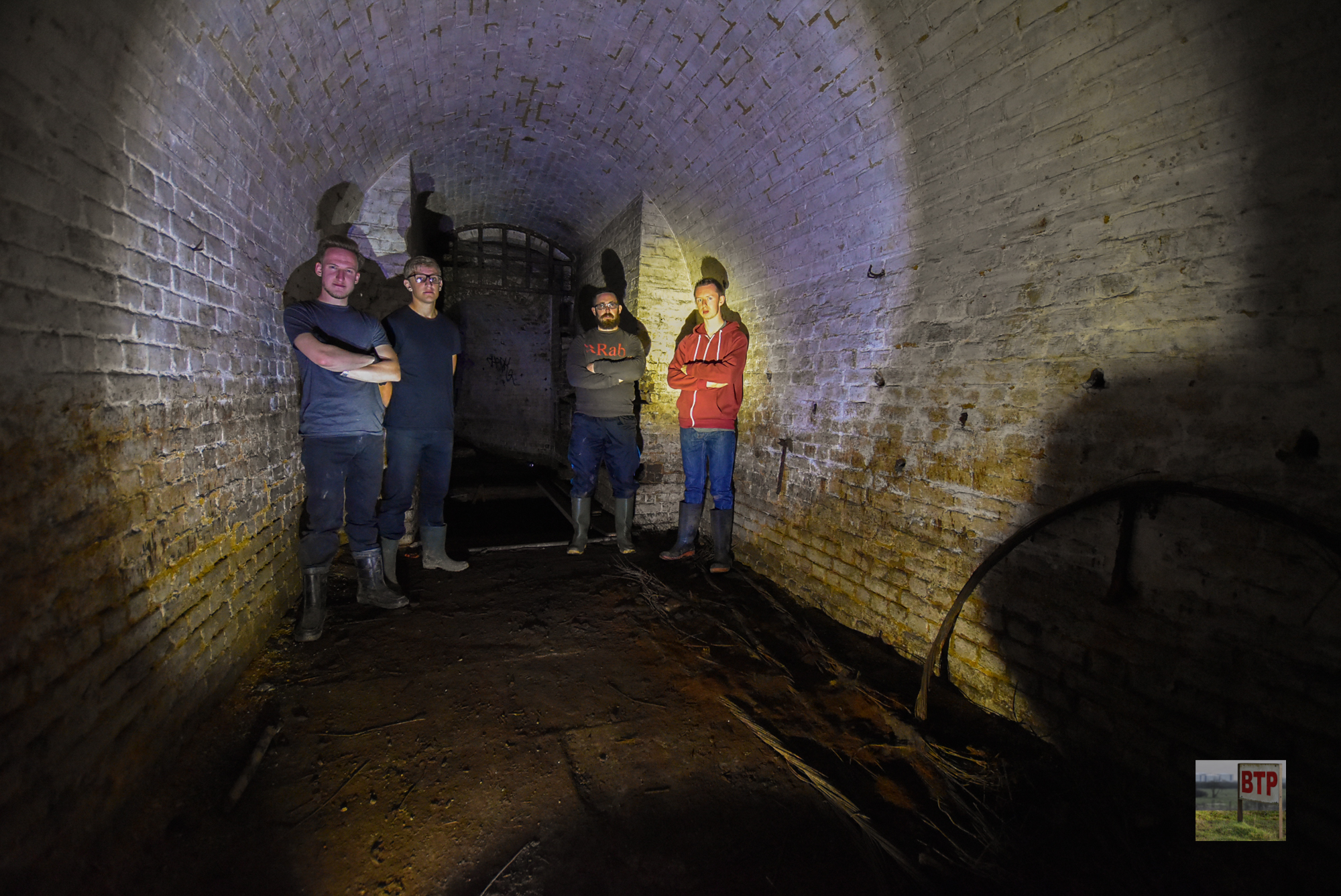
More detailed info about the tunnels can be found here at Subbrit
Sources & Image Credit:
http://www.subterraneanhistory.co.uk/2007/07/
http://www.jarrelook.co.uk/Urbex/Grain%20Fort%20&%20Battery/Grain_Fort_&_Grain_Tower.htm
https://en.wikipedia.org/wiki/Grain_Fort
http://www.subbrit.org.uk/site/135/grain-fort



